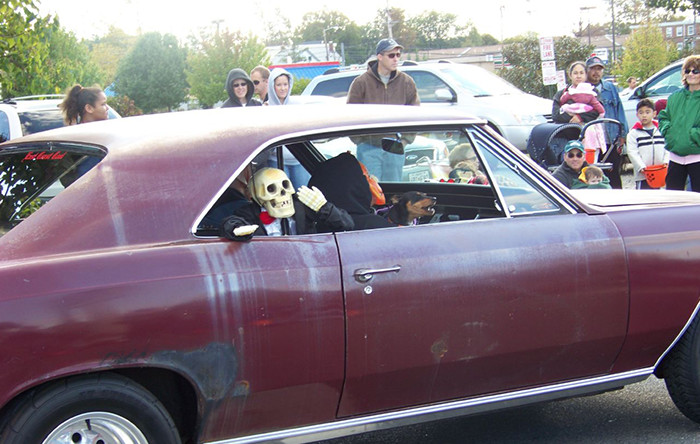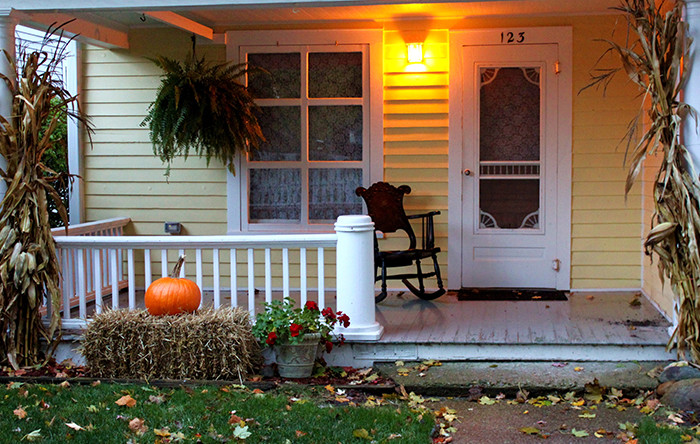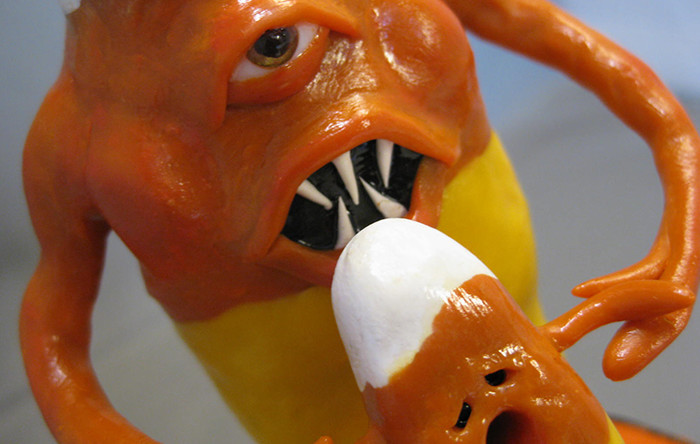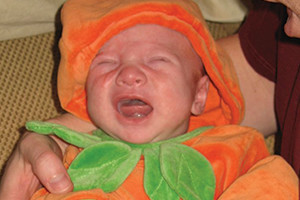Halloween should be fun-scary, not the kind of scary where your kids end up sick or hurt. Unfortunately, accidents do happen on Halloween. Anything from candy to costumes can pose a threat to your children. Be prepared this Oct. 31 and avoid the eight most common Halloween accidents.
Likely, you haven’t given much thought to what could go wrong on Halloween. You’ve been focused on getting the kids’ costumes together, and buying candy to hand out at home.
But, by being a savvy parent this Halloween, you could prevent your child from becoming a statistic on this year’s witching night. Read on to find out how you can avoid the most common Halloween accidents.
- Watch out for cars
Watching out for cars seems like a no-brainer, but Halloween is one of the most deadly nights of the year for pedestrians. Children under 10 aren’t capable yet of judging a car’s speed or distance, so they need to be well trained in safety around cars.
Even if you’ve gone over the rules of crossing the street with your kids, seemingly a million times, offer a refresher before they head out trick or treating.
Remind children to:
- Look both ways before crossing the street
- Make eye contact with drivers before crossing in front of a car
- Use crosswalks
- Cross the street in groups
- Walk, don’t run, across the street

- Be visible
Darkness and trick or treaters who drivers can’t see are a bad combination. Sixty percent of all pedestrian deaths occur when it’s dark out, so being seen by drivers is of paramount importance.
Some popular Halloween costumes are all or partially black—a difficult color to see at dusk and dark when your child is out trick or treating. Your child should wear reflective clothing, or costumes with reflective strips added to them.
Also think about arming your children with reflective treat bags, glow sticks or glow necklaces, a flashlight, flashing reflectors, safety lights, and other reflective gadgets. Making your child’s costume or person visible can be both fun and safe.
- Pick practical costumes
Picking out Halloween costumes can be a real delight for children. But it’s your job as a parent to make sure your child goes out on Halloween in a costume that both fits well and doesn’t obscure his or her vision.
Watch out for costumes that could pose a tripping hazard. If a costume is too long, shorten it. Also beware dangling sleeves or large capes that could get caught on things, or catch fire.
Costumes should be flame resistant, and you should avoid costumes with accessories—like swords, wands, or knives—that aren’t soft, flexible, and easy to carry. Each costume should also include safe and comfortable shoes. Think sneakers, not flip-flops.
- Make a plan, and stick to it
Before the excitement of Halloween night, sit down with your family and make a plan, including a trick or treating route. If kids are old enough to go out on their own, make sure they know not to stray from the route they’ve told you they’re taking. Also, set a curfew and let kids and teens know what they can and can’t do. Clear expectations make for a happy night for all.
Also consider having family members use a safety app. Safety apps can be used to track a child’s location as they trick or treat, or even allow them to alert you or authorities through a “panic button” should an emergency occur.
Losing your child is every parent’s nightmare, so prepare for Halloween by reading these 8 tricks for how not to lose your child in public.
- Lights on, only
Most homeowners enjoy putting out some kind of Halloween lights or decorations in their yards. Teach kids that a well-lit house, including those with porch lights on and yards lit up, are the ones to trick or treat at. Children should avoid houses that are dark, or where it looks like nobody is home.
Also, prepare your yard for trick or treaters. Put away any shovels, rakes, lawn decorations, or other items that could pose a hazard to children in the dark. Make sure the path to your door is well lit, and use battery-powered lanterns instead of ones with real candles.

If you don’t have them already, consider installing motion sensor lights to make your driveway that much safer. Learn about the 5 most effective motion sensor lights under $50.
- Emergency contact info
No matter if your child is staying close to home while trick or treating, all kids should be equipped with emergency contact info when they go out. You never know when or how an accident can happen, and having emergency info in your child’s pocket, candy bag, or attached to their costume can make a real difference if the worst happens.
Even consider taking a thin-tipped permanent marker and writing: “If lost, contact, phone number,” on your child’s arm. You can make doubly sure it doesn’t wash off by then covering it with a liquid bandage.
- Watch what’s eaten
Advise children when they go trick or treating not to eat anything until they’ve returned home and had their stash checked out by mom or dad. This is especially important for children with food allergies. Discard any homemade treats, or wrapped candy that’s been opened or tampered with.

Also consider handing out non-food treats at your doorstep on Halloween. Pencils, a small toy, or temporary tattoos are a few ideas.
- Be cautious with pumpkins
Carving pumpkins can be a dangerous affair when you combine knives and ooey-gooey pumpkin insides. Use a pumpkin carving kit instead of a kitchen knife to carve your pumpkin, and don’t put your hand inside the pumpkin while carving.
Allow children to help in age-appropriate ways. Kids can scoop out the seeds, help draw the jack ‘o lantern design, and take part in ways other than doing the cutting.
Looking for more Halloween safety tips to protect your children from the most common Halloween accidents? Read these 5 spooktacular Halloween safety tips.


